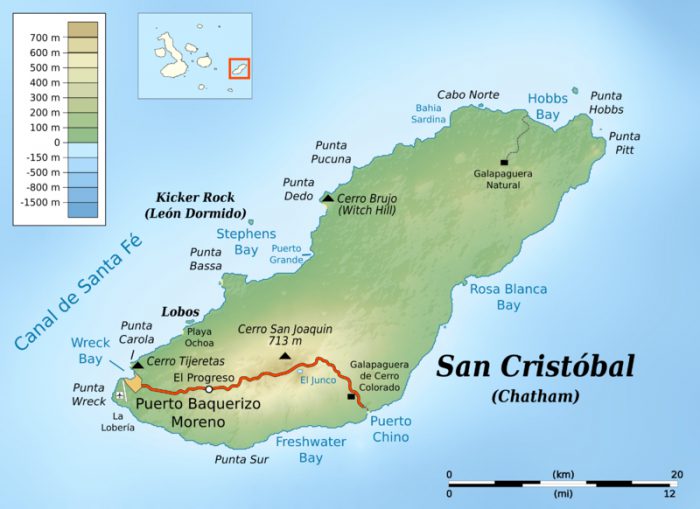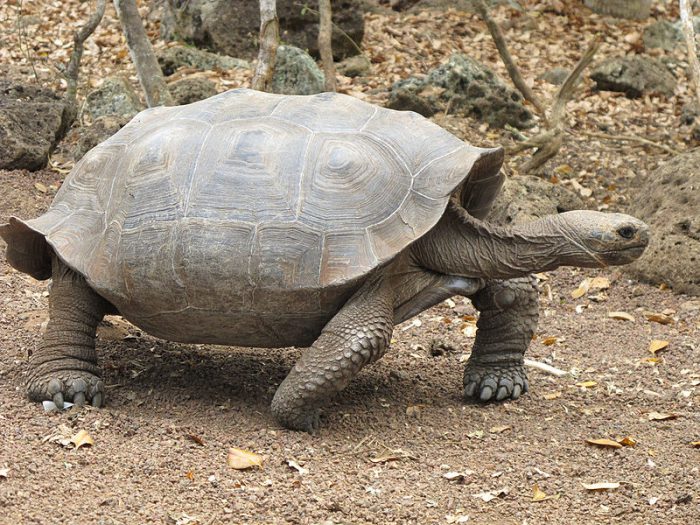The Galapagos Islands were made famous across the world after Charles Darwin used his studies there in 1800s to explain his theory of evolution.
After studying the animals (especially birds called finches) that lived on each of the islands, he noticed that while many of them were similar from island to island, they were not exactly the same. They each had different adaptations to suit where they lived. He theorized that by being separated from each other on the islands, the different groups of animals had changed over time—or evolved—into different species.
It's an idea that changed everything about how we think about life on Earth—both living and extinct. And on the Galapagos, it's something that we're still learning new things about today!
That's because a new species of giant tortoise has just been confirmed on one of its islands. Researchers used DNA testing to show that the tortoises living on San Cristobal Island were not the species people thought they were. Life is full of surprises!
Signature species
The giant tortoise is a signature animal of the Galapagos Islands. This is one of the few places on Earth where these animals are found. They are fantastically long-lived, with the average age being over 100 years. One giant tortoise originally from the Aldabra Atoll in the Indian Ocean was thought to be 255 years old when it died in 2006. Unbelievable!
Currently, there are 12 known species of giant tortoise living on the Galapagos. One of these is the Chelonoidis phantastica, which was recently rediscovered in 2019 on Fernandina Island after it was thought to have gone extinct.
High and low

A map of San Cristobal, showing its high and low areas. (Wikimedia Commons)
So what happened on San Cristobal Island with its giant tortoises? This island has two main ecological areas—highlands (mountainous areas) and lowlands. According to the researchers in this new study, these two regions each have two different species of giant tortoise!
The researchers found this when they used DNA testing to examine 100-year-old tortoise bones found in a highland cave on the island. After comparing it to the genetic material of lowland tortoises, they found that they were different. Voilà, two different species where they once thought there had only been one!
Up until now, both the highland tortoises (which are now extinct) and the lowland tortoises were known as the species Chelonoidis chathamensis. But now that DNA has shown them to be different, researchers are left to wonder: If the highland tortoises were Chelonoidis chathamensis, what are these lowland ones?
Clearly some more research is needed to understand the lowland tortoises of San Cristobal. It all goes to show that Darwin was on to something. When it comes to animals, even those living in different places on the same island can gradually change over time!
 After a series of DNA tests, biologists believe that the 8,000 giant tortoises found on San Cristobal Island may be a completely different species than previously thought. (Wikimedia Commons)
After a series of DNA tests, biologists believe that the 8,000 giant tortoises found on San Cristobal Island may be a completely different species than previously thought. (Wikimedia Commons)









